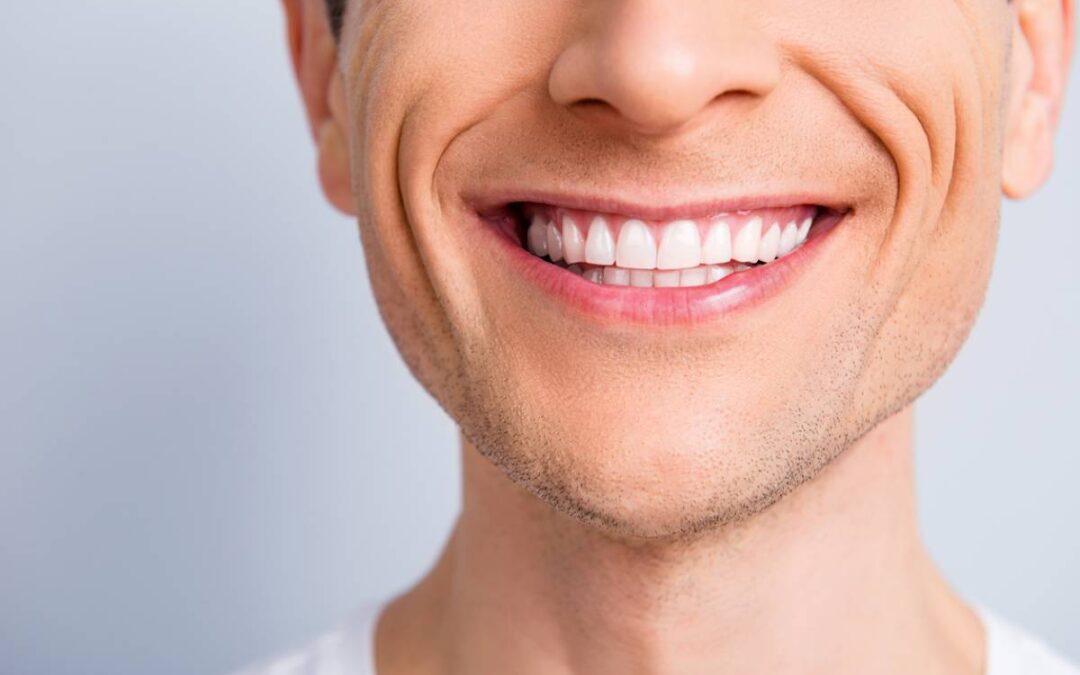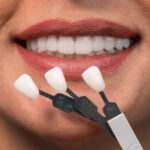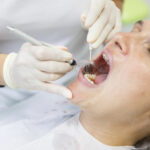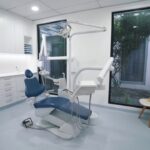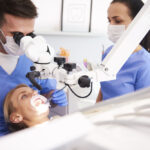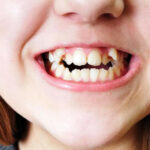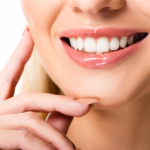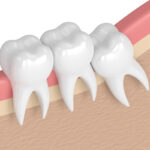Orthodontics has long been associated with adolescence, awkward smiles, and a mouth full of metal. But fast forward to today, and the world of orthodontics has undergone a sleek transformation. No longer just a medical intervention for misaligned teeth, orthodontic treatment has become a lifestyle choice—closely tied to self-image, wellness, and even fashion. With innovations in technology and shifting consumer expectations, orthodontics is now at the forefront of personal style and modern living, driving significant market growth around the globe.
Orthodontics and the Aesthetic Shift
Modern consumers are increasingly image-conscious. Social media, video conferencing, and influencer culture have placed a spotlight on smiles like never before. A straight, clean smile is no longer seen as a luxury—it’s often considered a personal and professional asset. As a result, orthodontics has shifted from a clinical necessity to a cosmetic enhancement, deeply intertwined with lifestyle and self-expression.
This shift has fueled demand for discreet, aesthetically pleasing orthodontic solutions. Clear aligners, such as Invisalign, have revolutionized treatment by offering a nearly invisible alternative to traditional braces. These aligners fit seamlessly into daily life, allowing wearers to smile, speak, and socialize with confidence. In a culture where first impressions matter and image is everything, it’s no surprise that clear aligner technology is booming.
Lifestyle-Driven Innovation
Today’s orthodontic treatments are designed to complement modern routines. Patients can track their progress with mobile apps, attend virtual consultations, and even complete entire treatment plans without visiting a clinic in person. This fusion of healthcare and digital convenience reflects a broader trend toward lifestyle-friendly solutions across industries.
Beyond aligners, orthodontic appliances are being redesigned for comfort, flexibility, and style. Colored brackets, personalized elastics, and sleek low-profile designs give patients the opportunity to customize their treatment and express their identity. Orthodontics has essentially become a form of wearable tech—functional, fashionable, and fitted to individual lifestyles.
The Rise of Adult Orthodontics
One of the most significant drivers of market growth in orthodontics is the rise in adult patients. According to global reports, adults now make up more than 30% of orthodontic patients, a number that continues to rise annually. This demographic is drawn to treatments that integrate easily into their personal and professional lives—treatments that are discreet, manageable, and deliver predictable results.
Adults often view orthodontics as an investment not only in their appearance but also in their overall health. Proper alignment can reduce the risk of jaw pain, tooth wear, and even sleep disorders. As holistic health becomes a key focus for adults aged 30 and above, orthodontics has positioned itself as a gateway to both aesthetic and medical well-being.
Global Market Growth and Consumer Demand
The global orthodontics market is experiencing rapid expansion. According to market research, the orthodontic industry is projected to exceed USD 20 billion by the end of the decade. This market growth is fueled by a mix of technological innovation, rising disposable incomes, and a growing awareness of dental health.
Asia-Pacific, North America, and parts of Europe are leading this surge, with increased access to orthodontic care and a cultural shift toward aesthetic dentistry. Direct-to-consumer (DTC) aligner companies have also entered the scene, offering more affordable, accessible solutions to consumers who might not pursue traditional treatment paths.
Orthodontics Meets Lifestyle Branding
As orthodontics becomes more lifestyle-oriented, branding and marketing strategies have evolved to reflect this change. Practices and product manufacturers are focusing on emotional appeal, self-improvement, and empowerment. Taglines like “smile transformation,” “confidence in every moment,” and “designed for your lifestyle” are now common across orthodontic campaigns.
Even orthodontic clinics are being redesigned to feel less clinical and more like wellness centers or upscale salons—spaces where people go not just to fix their teeth, but to enhance their lives. The experience of getting orthodontic treatment is evolving into something aspirational, not just necessary.
Social Media and the Smile Culture
Platforms like Instagram, TikTok, and YouTube have amplified the importance of smiles in everyday interactions. Smile transformations are among the most popular content types in the health and beauty niche, with hashtags like InvisalignJourney and BracesLife attracting millions of views.
Influencers and celebrities regularly share their orthodontic experiences, helping to normalize treatment and remove stigma. This visibility contributes directly to market growth, as younger generations view orthodontics not as a burden, but as a cool, shareable, and even trendy experience.
Looking Ahead: The Future of Orthodontics and Lifestyle
As technology continues to evolve, the integration between orthodontics and lifestyle will only deepen. Expect to see even more advanced remote monitoring tools, AI-driven treatment planning, and products designed for specific lifestyle needs—such as aligners optimized for athletes or musicians.
Orthodontics is no longer just about achieving straight teeth; it’s about enhancing how people live, work, and express themselves. It’s a choice that reflects who they are and who they want to become.
In today’s world, a great smile is more than a result—it’s a lifestyle. From digital convenience and stylish appliances to the growing adult demographic and booming social media presence, orthodontics is shaping modern life in ways we never imagined. As consumers continue to seek out treatments that blend seamlessly into their routines and reflect their identities, the orthodontic industry will continue to see dynamic market growth—smiling all the way to the future.

